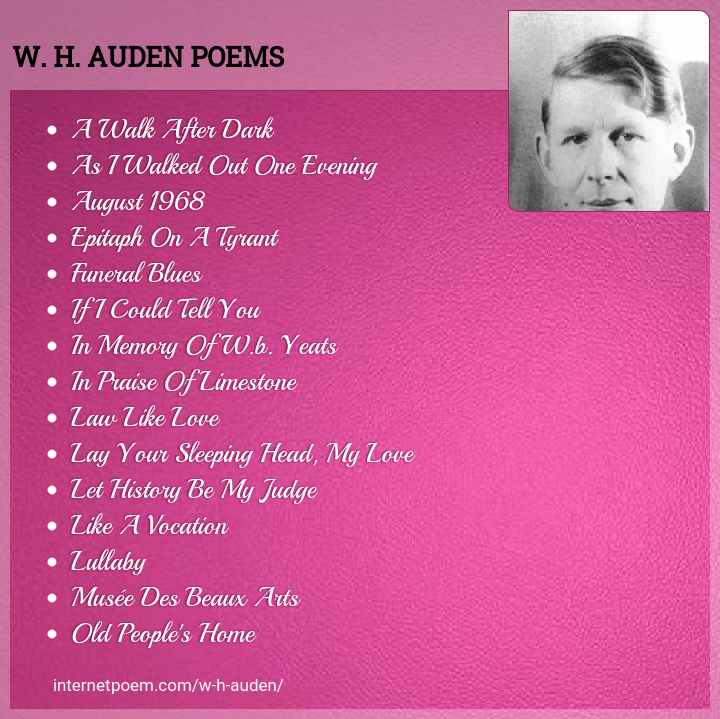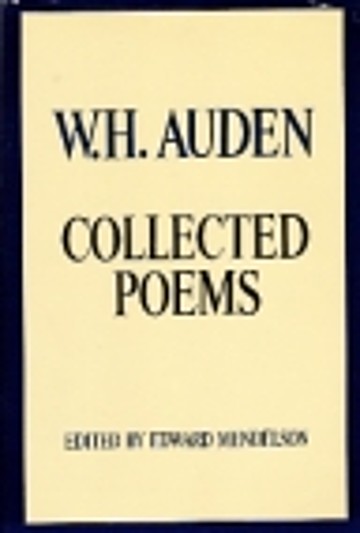
They lead quiet, simple, suffering lives. He catalogues what stands about him-the merchants, the children, men and women of common society. Brueghel we know traveled to Italy to view these works, but what is there to show for it in his art? He is driven by a different passion, namely to show his life and society as it actually is.

The figures seem superdimensional, as if they were deities or demigods of the classical age. They are clad only with so much cloth as the rules of modesty commanded, if even that. His contemporaries across the Alps were producing figures filled with mythological allegories, men in heroic poses with impressive musculature women with voluptuous and seductive bodies. Brueghel is a wonder, a man of highly idiosyncratic talents. And it rewards those who take the time to look and ponder. It requires being scrutinized up close, in that red-walled room in the center of Brussels. It is one of a small number of works of art that have the power to capture and transport their viewer, and somehow no matter how carefully it is reproduced, these qualities don’t come through in the copies. The bulk of the poem is clearly about a different painting, in fact it’s the museum’s prize possession: “The Census at Bethlehem.”Įarly in the spring, I was in Brussels, and I stole some time from my schedule to go to the museum, specifically to see this painting. Auden discussing here when he speaks of “old masters”? A stanza later, he references Pieter Brueghel the Elder’s “Landscape with the Fall of Icarus,” so much of the writing has made the assumption that this is the focus of his descriptions. Some aspects of European culture have a knack for surviving conflagrations. Some elements of the past would be salvaged, of course. The culture that had existed in Europe up to that moment would perish and a new one would be born. Madness was afoot in Europe, and many, including Auden, sensed the imminent outbreak of a great conflagration. It was a tense time in Belgium and the world. Auden went to the Musées Royaux des Beaux-Arts de Belgique, which furnished the inspiration for this poem, published in 1940.

In December 1938, on a visit to Brussels, W.H. Auden, Musée des Beaux Arts (1938) in Collected Poems p.

Where the dogs go on with their doggy life and the torturer’s horseįinish reading W.H. That even the dreadful martyrdom must run its course How, when the aged are reverently, passionately waitingįor the miraculous birth, there always must beĬhildren who did not specially want it to happen, skating While someone else is eating or opening a window or just walking dully along

The Old Masters: how well they understood


 0 kommentar(er)
0 kommentar(er)
